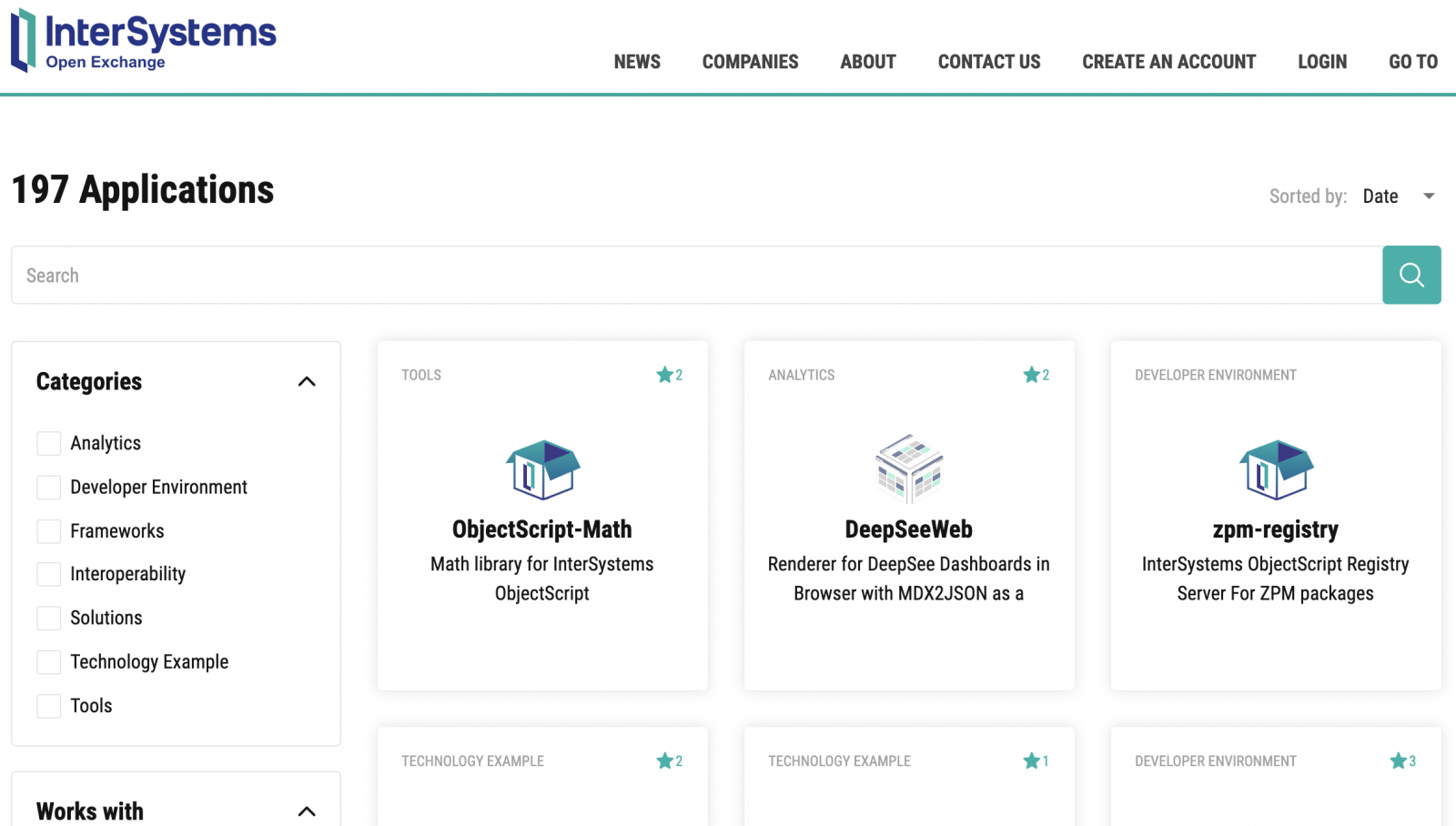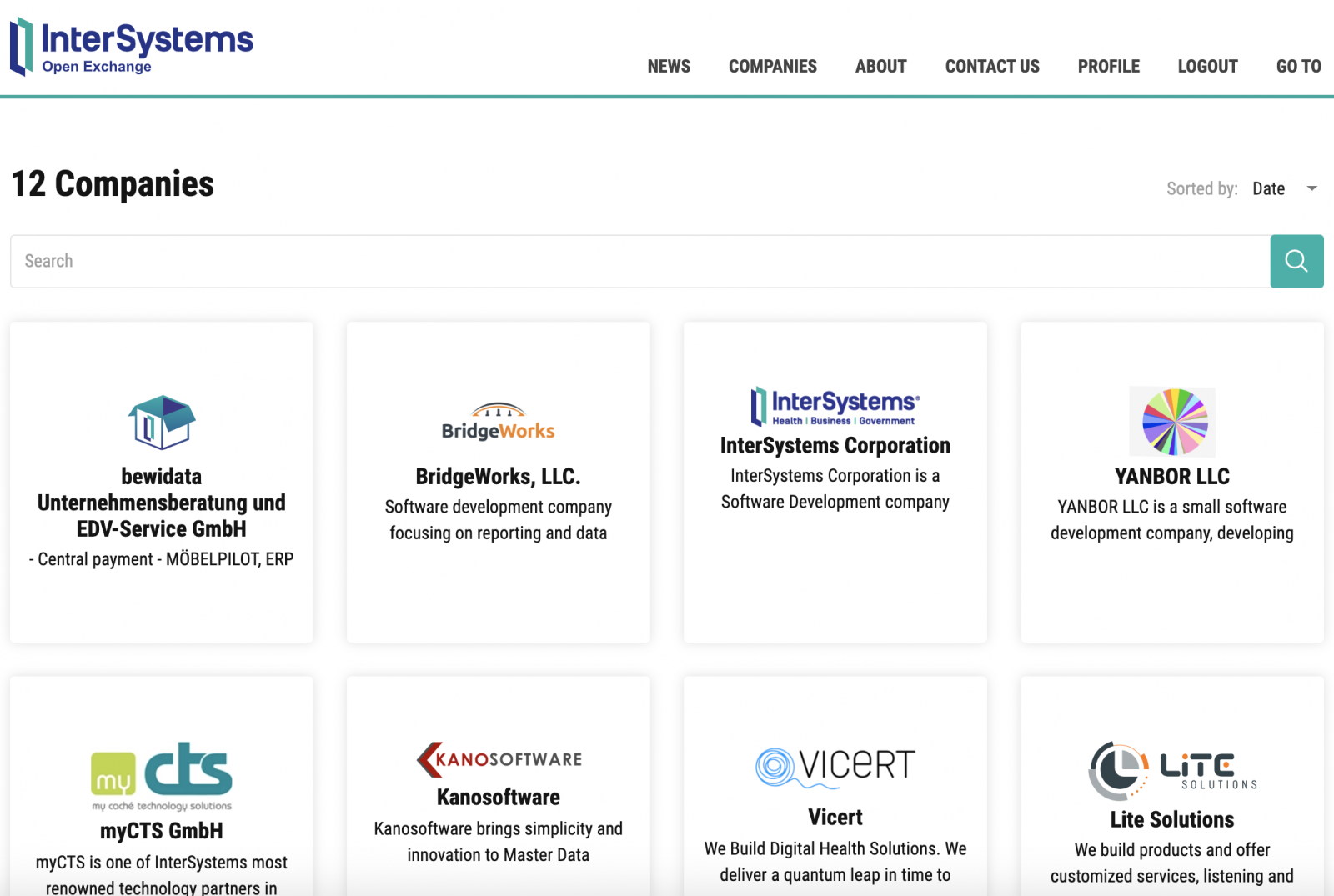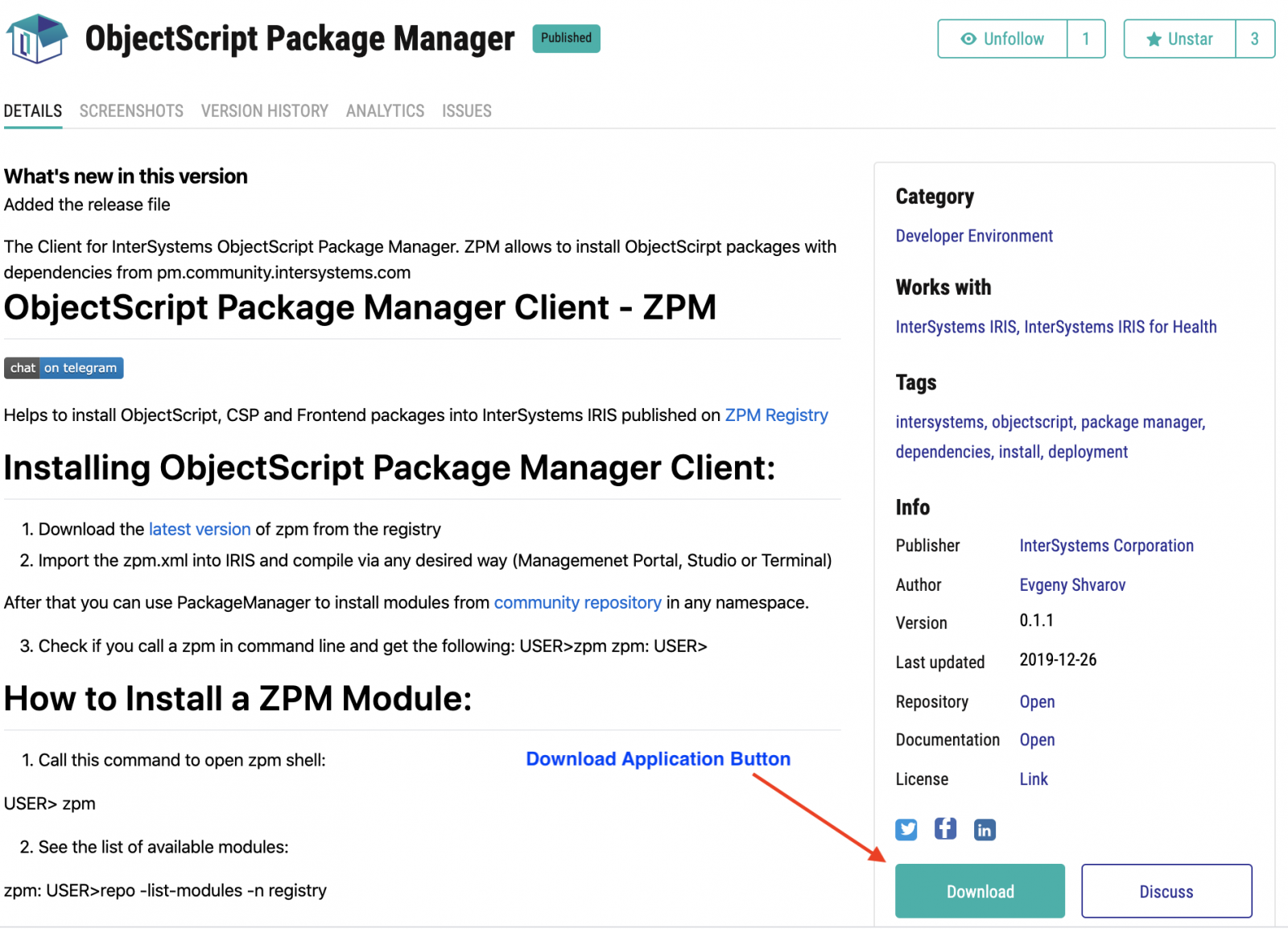Generally speaking, InterSystems products supported dynamic objects and JSON for a long while, but version 2016.2 came with a completely new implementation of these features, and the corresponding code was moved from the ObjectScript level to the kernel/C level, which made for a substantial performance boost in these areas. This article is about innovations in the new version and the migration process (including the ways of preserving backward compatibility).

.png)

.png)
.png)


.png)


